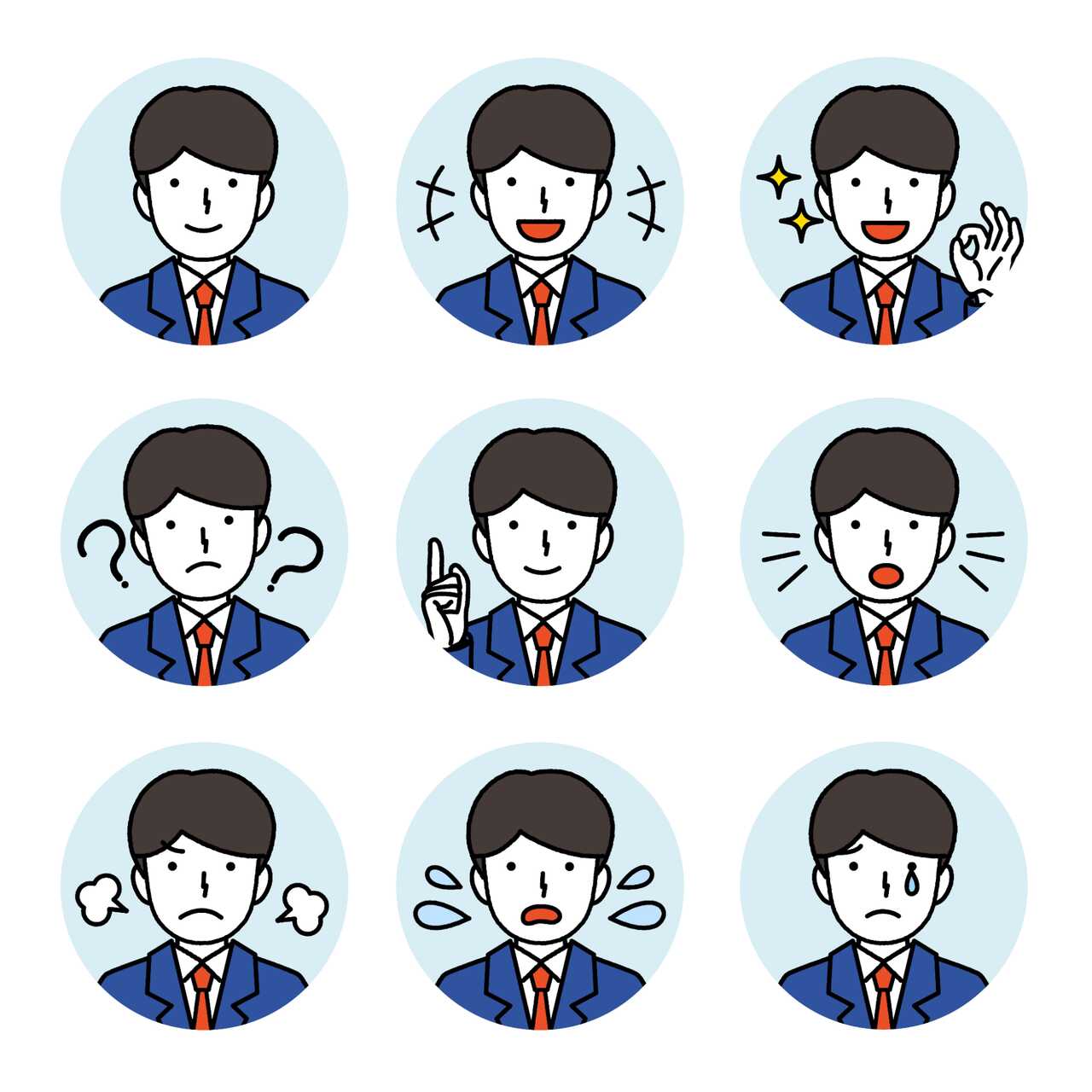Command A Charismatic Presence Without Saying a Word: 5 Body Language Tips to Make Your Audience Like You
Charisma isn’t just about what you say.
It’s also about how you say it, and often, how you don’t say anything at all.
Your body language can speak volumes, helping you connect with your audience and build rapport before you even utter a word.
Mastering these non-verbal cues will boost your presence and influence during a presentation.
Here are 5 powerful body language tips to strengthen your charismatic appeal:
1. Master Your Facial Expressions

While most focus on broad gestures, those who efficiently use nonverbal communication understand the power of facial expressions.
These quick expressions, lasting a second, can reveal true emotions before they’re masked.
Train yourself to recognise and control these subtle cues.
Practise in front of a mirror, intentionally creating and suppressing various emotions.
Learn to identify these quick expressions in others: a momentary raising of an eyebrow or a slight tightening of the lips can speak volumes.
Develop the ability to maintain a neutral expression when needed, particularly in high-stakes negotiations or sensitive discussions.
Your face can betray your thoughts faster than you can verbalise them.
So, mastering these subtle cues gives you a competitive edge in professional interactions.
2. Use Proximity to Your Advantage

The way we use personal space in communication goes beyond simply respecting others’ comfort zones.
Use spatial relationships strategically to establish dominance, build intimacy, or create equality.
In leadership roles, occasionally reduce the space between you and team members to foster connection, but maintain enough distance to preserve authority.
When negotiating, subtly adjust your position to gain a psychological advantage like standing or sitting at right angles rather than directly across can reduce confrontation.
Be aware of cultural differences in personal space and adapt accordingly in international business settings.
Practise techniques for maintaining your space and learn to hold your ground when others get too close.
Be precise in using proximity to guide the emotional tone of interactions without obvious manipulation.
3. Be Strategic in Physical Contact

In professional settings, touch is a powerful yet risky tool.
When used correctly, it can establish trust and connection rapidly.
Develop a repertoire of culturally appropriate, professional touches like a firm handshake, a light touch on the upper arm, or a respectful pat on the back.
Understand how touch relates to power dynamics in your industry.
Practise the art of the power handshake or using your free hand to cup the other person’s hand or lightly touch their elbow.
Time your touches for maximum impact, such as during agreements or to emphasise key points.
Always be attuned to others’ comfort levels and be prepared to adjust your approach instantly.
In some cultures or industries, touch may be entirely inappropriate, so develop a keen situational awareness.
4. Adjust your Voice Projection

While not strictly body language, how you speak is crucial for advanced communication.
Master the strategic use of pitch, tone, volume, and pace. Learn to lower your pitch slightly at the end of sentences to project authority.
Practise varying your pace to create emphasis like slowing down for key points and speeding up to maintain engagement.
Develop your ability to use strategic pauses, creating tension or allowing important information to sink in.
Work on controlling vocal habits that can undermine credibility.
Experiment with volume modulation to draw attention or create intimacy.
Remember, it’s not just what you say, but how you say it that can make or break your professional interactions.
5. Captivate Attention With Stillness

If you can still yet command a strong presence, you’ll easily stand out.
Practise maintaining a calm, centred presence even in high-pressure situations.
Develop the ability to stand or sit perfectly still without fidgeting, projecting an aura of confidence and control.
Use deliberate, slow movements to draw attention and emphasise points.
Learn to harness the power of the ‘stillness breakthrough’ by remaining motionless in a moment of conflict or disagreement to regain control of the situation.
Practise meditation and mindfulness to improve your capacity for physical stillness and mental calm.
Unnecessary movement can be distracting and betray nervousness, while purposeful stillness commands attention and respect.
Practise Consistently to Be an Excellent Communicator
These are advanced techniques for you to be an excellent communicator.
Your nonverbal communication will set you apart in professional settings.
Your goal is to influence and connect without your techniques being obvious or forced.
The key to effectively using these skills is practice and subtle application.
It’s faster to learn if you train with world-class speakers to hone your skills.
Just like how the past attendees of the 2-Day Live Training developed a competitive advantage in their careers.
Darren Tay, the 1st Singaporean World Champion of Public Speaking, will be one of the trainers.
You’ll learn the best practices of our world-class trainers along with applicable techniques.
Spots are limited for the next batch to ensure quality learning so register today for the 2-Day Live Training.






